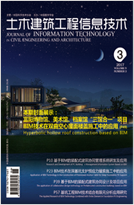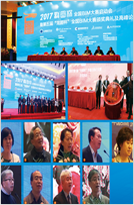Abstract:
To address the issues of aging structures and suboptimal thermal performance of envelope structures in existing rural housing in Hubei, which lead to increased energy consumption and poor indoor thermal environments, there is an urgent need to renovate these envelope structures. This study focuses on the renovation of envelope structures in a typical rural house in Hubei, utilizing the energy consumption simulation software Ecotect to quantitatively analyze the energy-saving efficiency of various renovation plans. Using the entropy method and multi-factor orthogonal experiments, 16 representative renovation plans were analyzed to identify those that balance energy efficiency and economic viability. The results indicate that the effectiveness of single-factor renovation plans, in descending order, is roof renovation > door and window renovation > exterior wall renovation. In the multi-factor combined renovation plan selection based on the entropy method, the weights of energy-saving rate, initial investment in energy-saving renovation, energy-saving renovation benefits, static payback period, and Net Present Value (NPV) are 0.2, 0.26, 0.21, 0.14, and 0.19, respectively. This study provides a new approach for energy-saving renovation of existing rural houses in Hubei and offers valuable insights for selecting optimal renovation plans.










 下载:
下载: